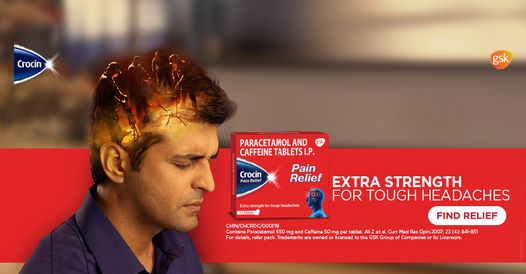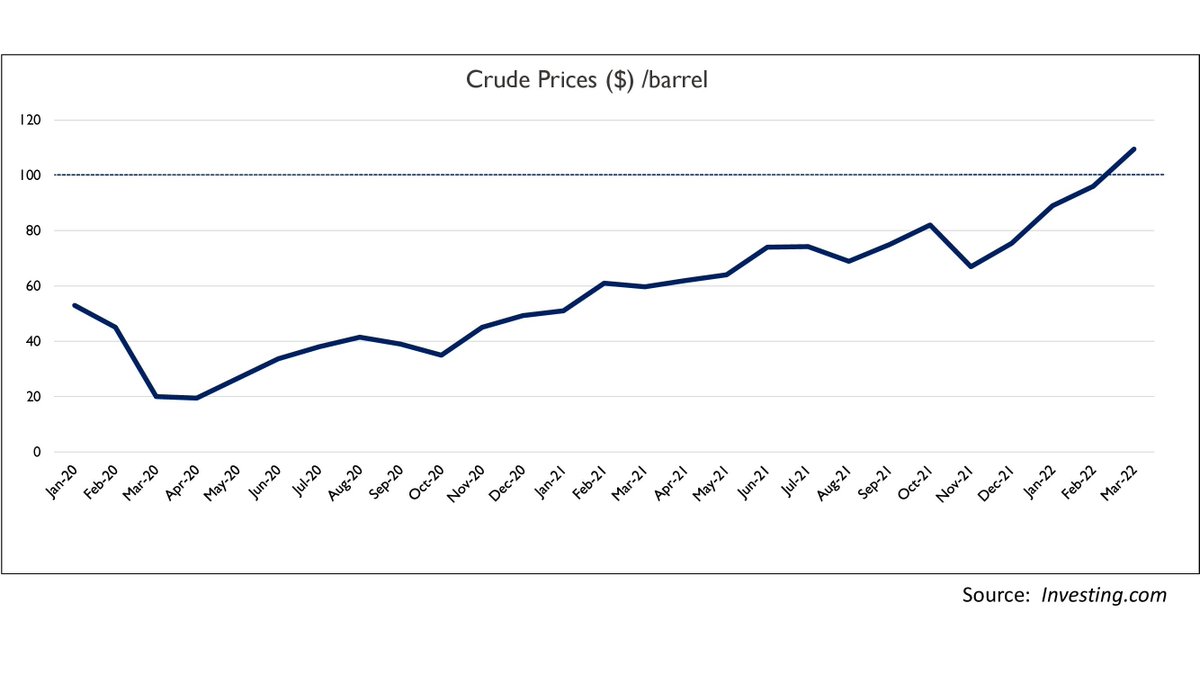
India is the global leader in providing cost-effective medications to the world. It is the third largest exporter of pharmaceuticals by volume, supplying about 20% of the global volume and about 50% of the global demand for vaccines. Indian companies primarily
manufacture generic medications to cater to domestic demand and for export. While a lot of companies are engaged in the business of manufacturing commodity generics for export, the domestic market comprises mainly branded generics.
The domestic pharma players are mostly focused on manufacturing and marketing of branded formulations, for which they import a majority of the APIs from China. The API industry in India is becoming stronger and a lot of the domestic formulation
players are also looking into backward integration. But the dependency on China is still very high and any disruption there causes margins for the domestic players to decline sharply.
Since the products are branded generics, it is hard to pass on increases in input prices to the customers.
A domestic formulations player dealing with branded generics has to manage his supply side and his demand side.
A domestic formulations player dealing with branded generics has to manage his supply side and his demand side.
Supply side deals with managing the sales channel and making sure that the product reaches the retail pharmacy to sell to the end consumer. Demand side deals with generating demand for the products through prescriptions and also advertisement of OTC products. 

For a successful domestic strategy, both these forces have to work in tandem. The pharma company needs to make sure that the product is being prescribed to patients and is also stocked at the pharmacies to fill those prescriptions.
Supply Side
Supply Side
The supply chain of the business involves four stakeholders - the drug manufacturing company, clearing and forwarding agents, the stockist and the retailer. The prices in the supply chain are quoted as a percentage of the MRP.
1. Drug manufacturer: This is the pharma company that produces the drug.
2. Clearing and forwarding agents: Most pharma companies have CFAs in every state. They will appoint 2-3 CFAs for a large state.
2. Clearing and forwarding agents: Most pharma companies have CFAs in every state. They will appoint 2-3 CFAs for a large state.

The CFAs essentially act as warehouses for the finished goods and charge a small percentage (usually 1%) of the final sale price. Some CFAs serve only one pharma company and are considered a part of the pharma company while many other CFAs serve multiple pharma companies.
When they receive orders from stockists, the CFAs forward the goods and send them invoices in the name of the pharma company.
3. Stockist: CFAs appoint stockists in every region based on the demand for products. Stockists act as wholesalers in the market and may have several sub-stockists. The stockists purchase the goods from CFAs and sell to several retail pharmacies in their area.
Their margin is usually anywhere between 8-15% depending on the competition. Mergers between pharma companies can lead to several stockists for a particular area resulting in price competition and deterioration of margins.
4. Retailer: The retailer purchases goods from a stockist or a sub-stockist and sells them to consumers against a prescription. The retailers typically have a 20% margin.
Primary and Secondary sales
The sale of goods from the pharma company to the stockist is known as a primary sale. The sale of goods from the stockist to the retailer is known as a secondary sale. Typically, the cost of primary sales is borne by the pharma company.
The sale of goods from the pharma company to the stockist is known as a primary sale. The sale of goods from the stockist to the retailer is known as a secondary sale. Typically, the cost of primary sales is borne by the pharma company.

CFAs only provide warehousing services and essentially act as a depot. The stockist makes the payment to the pharma company directly and the pharma company pays the CFA based on the volumes either quarterly, half-yearly or annually.
AIOCD - All India Organization of Chemists and Druggists
The AIOCD is an association of retail pharmacies and stockists with around 9.4 lakh members. They hold a lot of bargaining power over the pharma manufacturers as they control the distribution channel.
The AIOCD is an association of retail pharmacies and stockists with around 9.4 lakh members. They hold a lot of bargaining power over the pharma manufacturers as they control the distribution channel.

Pharma manufacturers cannot bypass them and sell directly to consumers because they may be blacklisted by the AIOCD. Given that India is a branded generics market, there are always substitute products that they can stock instead.
Pharma companies prefer not to take this risk as it could result in a huge loss of sales.
Demand Side
Demand for pharmaceuticals is generated in 2 ways - direct advertising of OTC products and generating prescriptions through medical representatives.
Demand Side
Demand for pharmaceuticals is generated in 2 ways - direct advertising of OTC products and generating prescriptions through medical representatives.
All of us have probably come across a TV ad for Crocin of D’Cold Total. These are branded products which are available over-the-counter (OTC). 

Drug companies are allowed to advertise products in order to promote self-medication for minor issues and reduce the burden on doctors and hospitals. However, the definition of an OTC product is a little tricky.
Pharmaceutical manufacturing and distribution in India is governed by the Drugs and Cosmetics Act, 1940. This act however does not explicitly state what an OTC drug is. Instead, it classifies prescription drugs into various schedules.
Whatever schedule a drug falls in decides its regulatory status. A drug which does not fall under any of these schedules is considered to be an OTC drug although it is not explicitly stated.
Companies cannot use advertising to generate demand for prescription drugs. For this purpose, pharma companies hire medical representatives (MR). In a nutshell, a MR’s job is to meet with doctors and persuade them to prescribe the company’s product. 

Their job is to educate doctors about the various products their company offers, answer their queries and inform them of new products that the company is launching. So MRs need to maintain good relationships with doctors and generate prescriptions for their company.
They have targets to meet with a certain number of doctors daily. Depending on the kind of products their company offers they make visits to some doctors a priority, so they would have to follow up with them more often.
For example, a MR representing a pharma company that makes nephrology drugs will make it a priority to visit the top nephrologists at least once a month. They will meet with resident doctors at hospitals probably once in 2 or 3 months.
This is how most prescription drugs are sold in India.
MRs play a very important role in establishing the brand of the pharma company in the market. Prescription drugs make up about 90% of the drugs sold in the Indian market.
MRs play a very important role in establishing the brand of the pharma company in the market. Prescription drugs make up about 90% of the drugs sold in the Indian market.
The drugs are sold through more than 6 lakh medical representatives.
• • •
Missing some Tweet in this thread? You can try to
force a refresh









